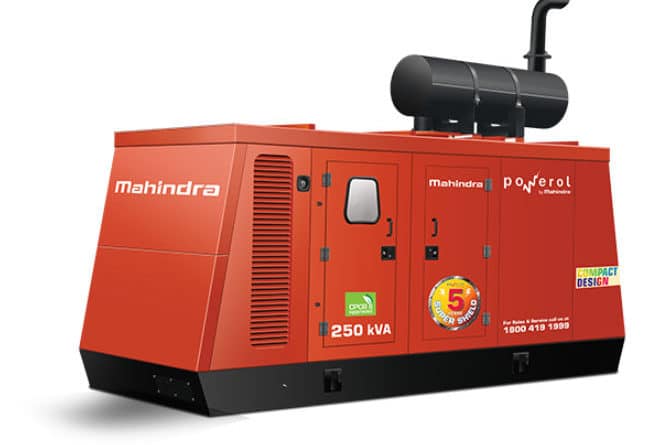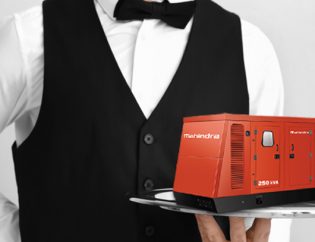
Weak or undercharged beginning batteries are a common cause of standby facility failures. The battery should be kept fully charged and well-maintained to avoid dwindling by regular testing and review to understand this standing of the battery and avoid any start-up hitches of the generator. They must also be cleaned; and also the relative density and electrolyte levels of the battery checked oftentimes.
- Testing batteries: simplychecking the output voltage of the batteries isn’tindicative of their ability to deliver adequate beginning power. As batteries age, their internal resistance to current flow goes up, and the only accurate measure of terminal voltage should be done under load. On some generators, this indicative check is performed mechanically whenever the generator is started. On alternative generator sets, use a manual battery load tester to attest the condition of every beginning battery.
- Cleaningbatteries: Keep the batteries clean by wiping them with a damp cloth whenever dirt seemsexcessive. If corrosion is present around the terminals, take away the battery cables and wash the terminals with an answer of hydrogen carbonate and water (¼ pound hydrogen carbonate to one quart of water). Use caution to stop the solution from coming into the battery cells, and flush the batteries with clean water oncefinished. When replacement the connections, coat the terminals with a lightweight application of petroleum jelly.
Checking specific gravity: In open-cell lead-acid batteries, use electric battery measuring system to ascertain the particular gravity of the solution in every battery cell. a completely charged battery can have a selected gravity of 1.260. Charge the battery if the particular gravity reading is below 1.215.
• Checking solution level: In open-cell lead-acid batteries, verify the level of the electrolyte a minimum ofeach 200 hr of operation. If low, fill the battery cells to bottom of the filler neck with H2O.












